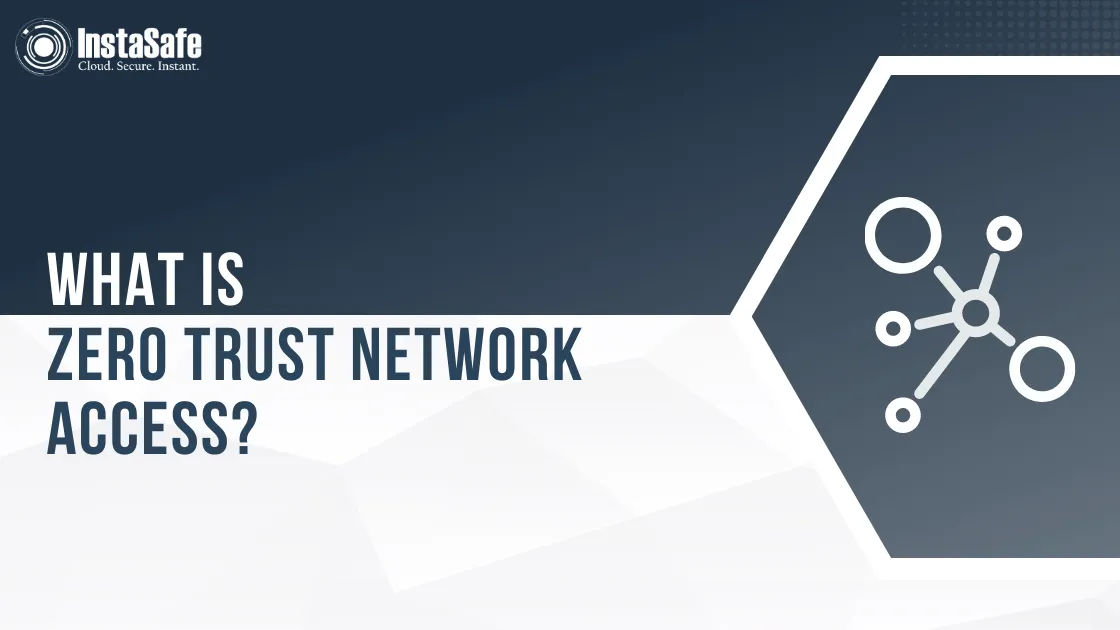What is Zero Trust Network Access (ZTNA)?

In recent years, cyber-attacks have become more sophisticated, and traditional network security solutions may no longer be enough to protect sensitive data. As a result, zero-trust network access (ZTNA) has emerged as a security solution to help organizations safeguard their network and data. In this blog, we will discuss what ZTNA is, how it works, and its benefits.
What is Zero Trust Network Access (ZTNA)?
Zero Trust Network Access (ZTNA) is a security model that requires verification for every user, device, and application attempting to access the network. This model operates under the principle that no device or user should be trusted by default, and access should only be granted to those with verified identities and authorized privileges.
With a traditional network security model, once a user is authenticated, they are granted access to the entire network. This model assumes that anyone within the network is trustworthy, which can be a significant security risk in the event of a cyber-attack. In contrast, ZTNA aims to minimize security risks by assuming that every user and device on the network is potentially compromised and granting access on a "need to know" basis.
How Does Zero Trust Network Access Work?
ZTNA works by verifying user identity and device health before granting access to network resources. This is done through a variety of methods, such as multi-factor authentication (MFA), device health checks, and application segmentation.
In a ZTNA model, access to resources is granted based on the user's identity and authorization status, as well as the device's security posture. The user's identity is authenticated through a combination of factors, such as something they know (such as a password), something they have (such as a security token), and something they are (such as biometrics).
Device health checks ensure that the device requesting access is up-to-date with all security patches and has not been compromised. If the device is found to be lacking in any way, it will be prevented from accessing the network.
Finally, application segmentation ensures that access to sensitive resources is only granted to users who need it. This is achieved by creating granular access controls, where access to each application or resource is granted based on the user's role and permissions.
Benefits of Zero Trust Network Access
- Reduced Risk of Cyber-Attacks: ZTNA minimizes the risk of cyber-attacks by requiring authentication and access controls at every level. This ensures that unauthorized users or devices cannot access the network or resources.
- Improved Compliance: ZTNA can help organizations comply with regulations, such as GDPR or HIPAA. These regulations require that organizations have strong access controls and data protection measures in place.
- Enhanced User Experience: ZTNA can improve the user experience by providing easy and secure access to resources. This is achieved by implementing single sign-on (SSO), which allows users to access all resources with a single set of credentials.
- Scalability: ZTNA can easily scale to accommodate a growing number of users and devices. This is achieved by using cloud-based solutions that can be easily deployed and managed.
- Cost-Effective: ZTNA can be a cost-effective solution, as it eliminates the need for traditional network security solutions, such as firewalls and VPNs.
Challenges of Zero Trust Network Access
While ZTNA has many benefits, it is not without its challenges. Here are some of the most common challenges:
- Complexity: Implementing ZTNA can be complex and may require significant changes to an organization's network infrastructure. This can be challenging for organizations that have large and complex networks.Integration: Integrating ZTNA with existing security solutions can be a challenge. This is particularly true for organizations that have invested heavily in traditional network security solutions.
- Integration: Integrating ZTNA with existing security solutions can be a challenge. This is particularly true for organizations that have invested heavily in traditional network security solutions.
Key Products
Zero Trust Application Access | Zero Trust Network Access | Multi Factor Authentication | IAM Identity And Access Management | Secure Enterprise Browser
Key Features
SSO Single Sign On | Endpoint Security | Contextual Based Access Controls | Always On VPN Connection |Clientless VPN | Device Binding | Device Posture Check | Domain Joining
Key Solutions
VPN Alternative Technology | Secure Remote Access Solutions | Cloud Application Security | DevOps Security | VoIP Security Solutions
